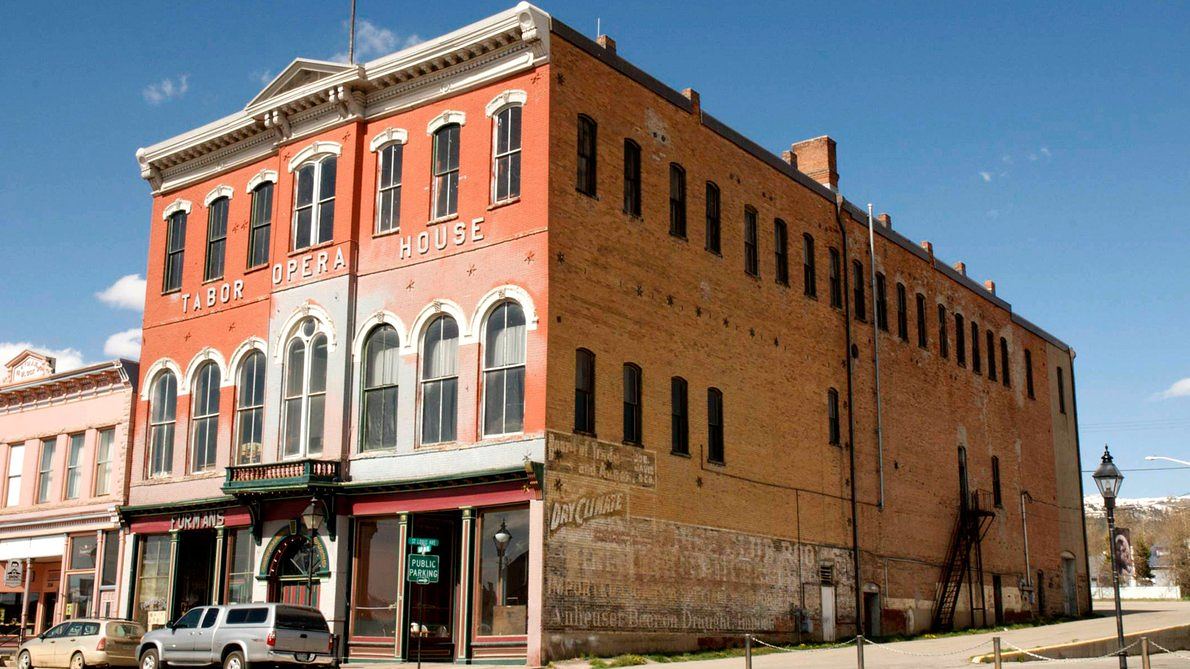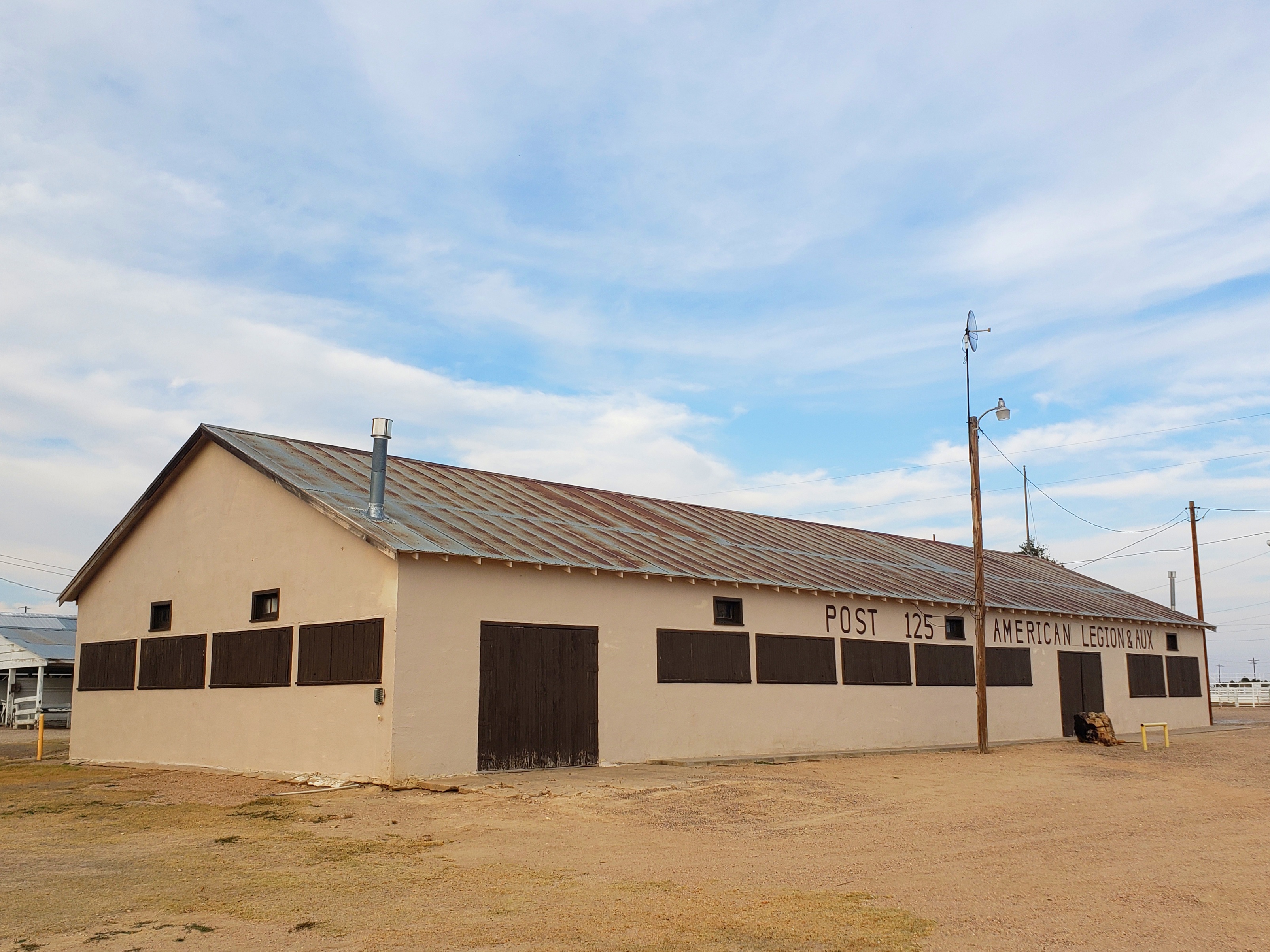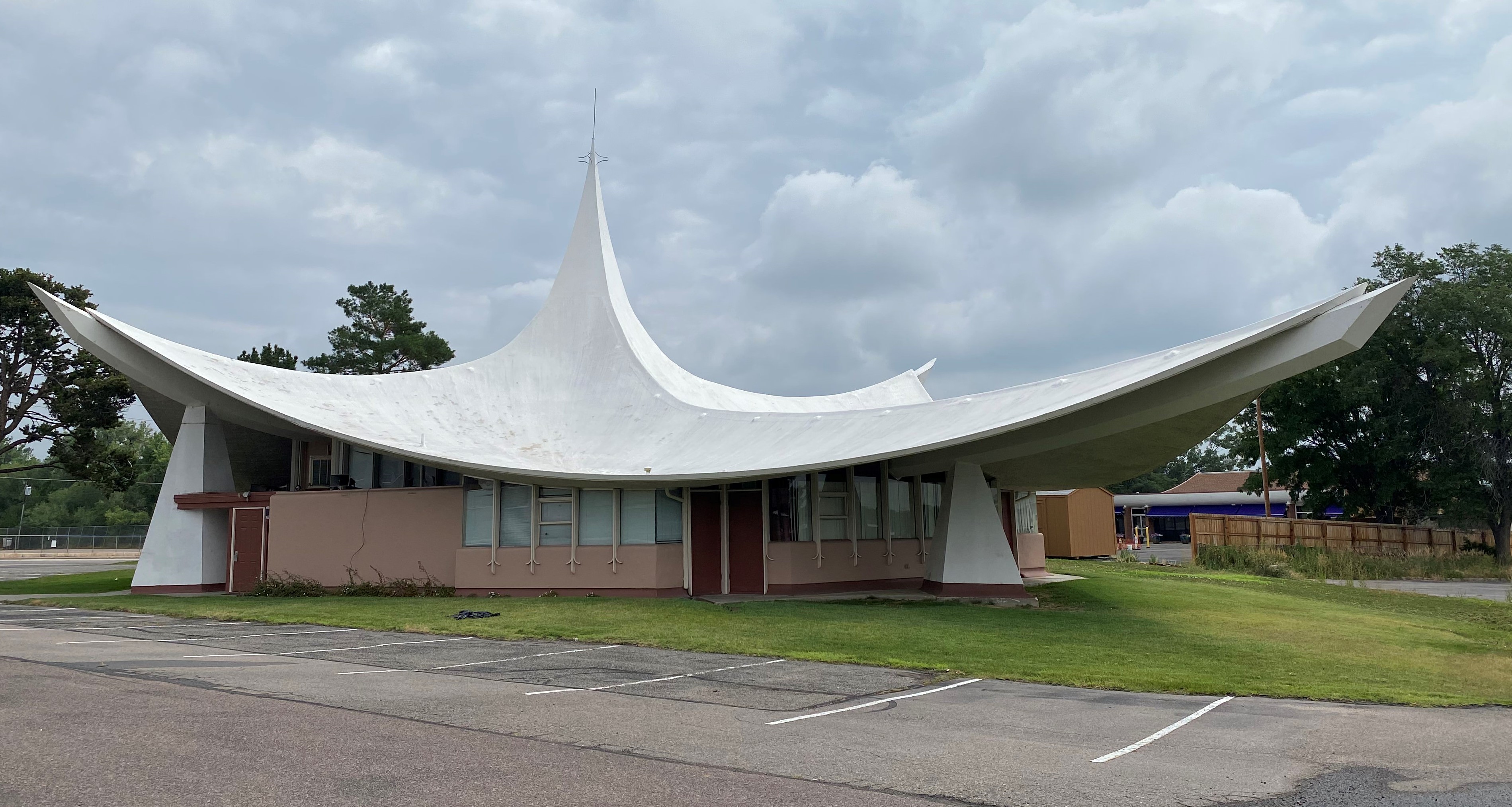Story
Recently Awarded State Historical Fund Projects
The State Historical Fund helps to provide much needed funds for historic preservation projects large and small across Colorado. Here are a handful of projects from the Fall 2021 round.
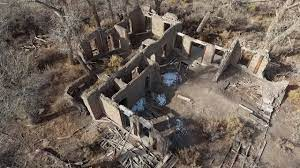
McIntire Ranch, SHF grant number 22-01-002.
The McIntire Ranch, one of multiple sites being highlighted in an oral history project, was established by Albert and Florence McIntire after settling near the Conejos River in 1880. Albert McIntire served as the Conejos County Judge and the 12th Judicial District Judge before he was elected Governor of Colorado in 1895. The site is also important for its connection to Florence, who was one of the pioneers in the women’s movement through the Homesteading Act.
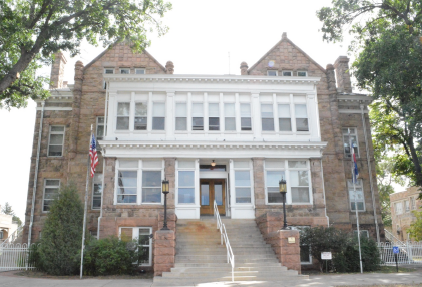
Colorado School for the Deaf and Blind, SHF grant number 22-01-076.
The Colorado School for the Deaf and Blind is a K-12 school located on Knob Hill, and founded in 1874 by Jonnathan R. Kennedy. The school is one of the earliest advocates for deaf and blind education in the United States.
Built by Horace Tabor, who was later Leadville’s first mayor, the Tabor Opera House was the most expensive structure in Colorado at the time, with materials being transported from Denver. The opera house opened in 1879 with its first production, a comedy by the name of The Serious Family. Productions continued through multiple events such as many new ownerships and a fire in 1936, until the city ultimately bought the building for $600,000. The site is now maintained by a nonprofit called the Tabor Opera House Preservation Foundation.
The Kiowa County American Legion Hall was built between 1937 and 1938 under the Works Progress Administration. The building is simple in appearance, but has served the area in various capacities from the county fair to community events.
Finished in 1964, St. Stephen's Lutheran Church is a great example of mid-twentieth-century Neo-expressionist architecture and the work of Charles Haertling. While the “old church” residents have since moved into a new church location,this building now serves as a worship and gathering space for Nueva Visión Asamblea Cristiana, a Latino and primarily Spanish-speaking faith community.

